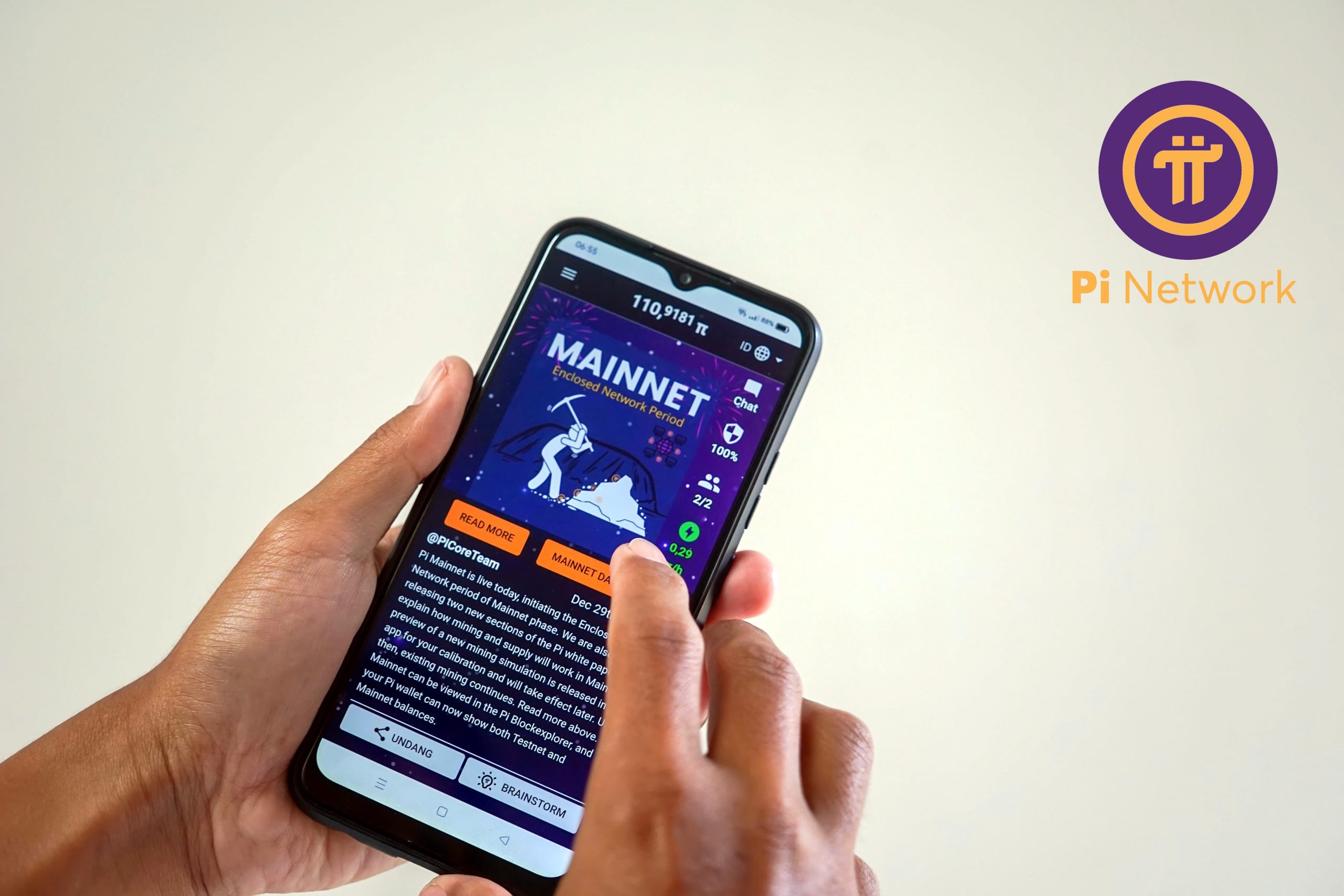Pi Network: The Potential of a Mobile-Friendly Cryptocurrency

Cryptocurrency has been making waves in the financial world for over a decade, with Bitcoin leading the charge. However, one project has taken a different approach to bring digital currency to the masses: Pi Network. Launched in 2019, Pi Network aims to make cryptocurrency accessible to everyday users through a unique mining process that doesn’t require expensive hardware or excessive energy consumption. In this article, we will delve into what Pi Network is and explore its potential in the world of cryptocurrency.
The Basics of Pi Network
Pi Network was founded by a team of Stanford graduates and is built on the idea of creating a decentralized digital currency that can be mined on mobile phones. Unlike traditional cryptocurrencies like Bitcoin, Pi Network doesn’t rely on energy-intensive proof-of-work mining. Instead, it employs a novel consensus algorithm known as the Stellar Consensus Protocol (SCP) to validate transactions.
Mining Pi tokens is as simple as installing the Pi Network app on your mobile device and clicking a button daily to confirm your presence in the network. This innovative approach allows anyone with a smartphone to participate in the network and potentially earn Pi tokens. The ease of entry has garnered significant attention and a growing user base.
The Potential of Pi Network
Accessibility: Pi Network’s most significant potential lies in its accessibility. By enabling people to mine cryptocurrency on their mobile devices, it removes the barriers to entry that exist with traditional mining, such as expensive hardware and technical expertise. This accessibility could lead to a more diverse and widespread user base.
User-Friendly: Pi Network has designed its app to be user-friendly, making it easy for individuals without extensive knowledge of cryptocurrencies to get involved. This could potentially attract a broader audience to the world of digital currencies.
Decentralization: Pi Network, like many other cryptocurrencies, promotes decentralization. Its SCP algorithm allows for trust less transactions without the need for intermediaries, potentially reducing the power of centralized financial institutions.
Social Mining: Pi Network employs a concept known as “social mining.” Users can invite friends and family to join the network, and their mining rates increase as their network grows. This incentivizes user recruitment and could lead to rapid network expansion.
Community Building: Pi Network places a strong emphasis on community building and engagement. It has developed a social platform where users can interact and discuss topics related to the project. This sense of community could foster loyalty and enthusiasm among users.
Challenges and Uncertainties
While Pi Network has garnered attention and a growing user base, it’s essential to acknowledge the challenges and uncertainties it faces:
Development Progress: As of my last knowledge update in September 2021, Pi Network was still in its testing phase. The transition from a testnet to a fully functional cryptocurrency network is a significant step that carries technical challenges.
Adoption and Value: The value of Pi tokens and their adoption in the broader cryptocurrency market are uncertain. The success of Pi Network relies on its ability to establish value and utility for its tokens.
Regulatory Environment: The regulatory environment for cryptocurrencies continues to evolve. Pi Network must navigate potential regulatory challenges to ensure its long-term viability.
Conclusion
Pi Network is an intriguing project that aims to make cryptocurrency accessible and user-friendly through mobile mining. Its potential lies in its accessibility, user-friendliness, and community-building efforts. However, like any cryptocurrency project, it faces challenges and uncertainties on its path to mainstream adoption.
To assess Pi Network’s current status and potential, it’s crucial to stay updated with the latest developments and news surrounding the project. As the cryptocurrency landscape evolves, Pi Network’s role and impact may become more apparent, shaping the future of digital currencies for a broader audience.



